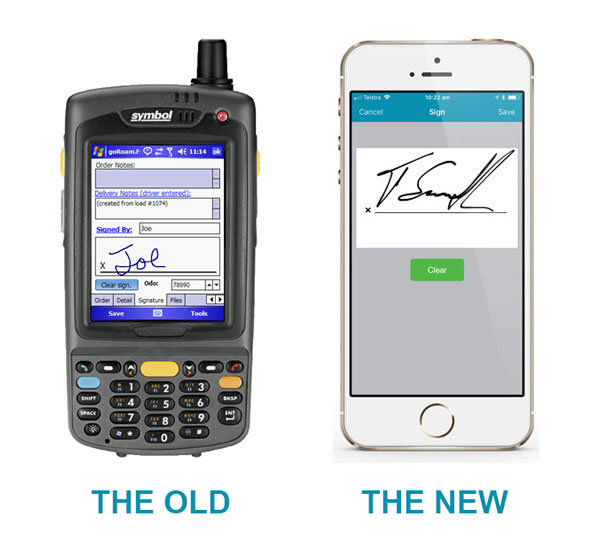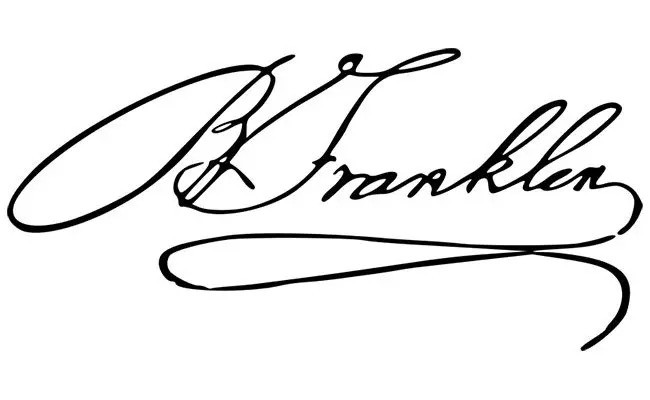Why do we still keep paper records?
This is a question that begs to be asked. Whilst various reasons are still given, few remain justified. One such reason is the signature. And the reason it no longer holds up is the recent improvements to the quality of the wet digital signature.
What is a signature anyway?
The concept of a signature is simple. It’s when a person writes their name (often in a stylised way) on documents as a proof of identity and intent. Whilst not perfect, it is a part of the cultural lexicon, accepted worldwide. Combined with the use of witness signatures, this method has remained the trusted legal method for centuries.
Old habits die hard.
Even now in the digital age, the most common method to record a signature is to print out the (usually digitally authored) document and sign. Then it is either stored in some file to be rarely (if ever) seen again or ironically, scanned back into digital format as a degraded computer copy. To be fair, until recently there were good reasons to keep with this method.
The wet digital signature
A wet digital signature is a signature you obtain by actually writing a signature on a digital screen with a pen, stylus, or finger. The computer records the writing and displays it as a picture of the signature.
Although the wet digital signature has been around for a while, the quality has been really poor. As anyone who has signed one of those courier delivery PDA will tell you, as proof of authenticity they are not worth the glass they are written on.

The advent of the high quality wet digital signature
But times change. Mobile devices and computers with pressure sensitive touch screens have arrived. It is now possible to capture high-quality signatures, as good as an ink pen on quality paper. Combined with software that responds to the flourish and nuance of pen on paper. We can meet the traditional standards and sign documents in the way we’ve done for centuries. And it can help transform our paper-driven world.
However, while the screens to do the job have arrived, not all software is up to it yet. A lot of low-quality signature tools are still out there. Some have no texture or thickness. Some don’t do quality curves that reflect human writing. Good signature capture should be like it was drawn with an ink pen on good paper. It should be unique, and yours.
True digital transformation.
With quality tools, you can now sign contracts, terms and conditions, application forms, job sign-off forms, approvals, and other forms from mobile or web, from anywhere. If other people in other places need to also sign, Tiikr allows the creation of workflows. The signed document then gets sent to other parties for signing too, instantly. You’ll have a fully signed agreement completed and sent to everyone in minutes, not days. And not a single paper page will be consumed.



